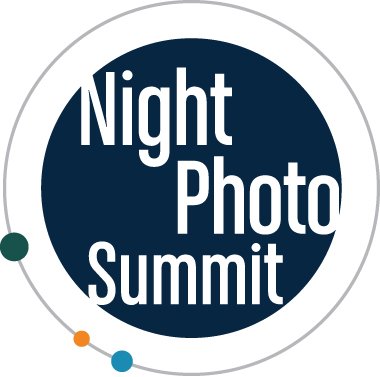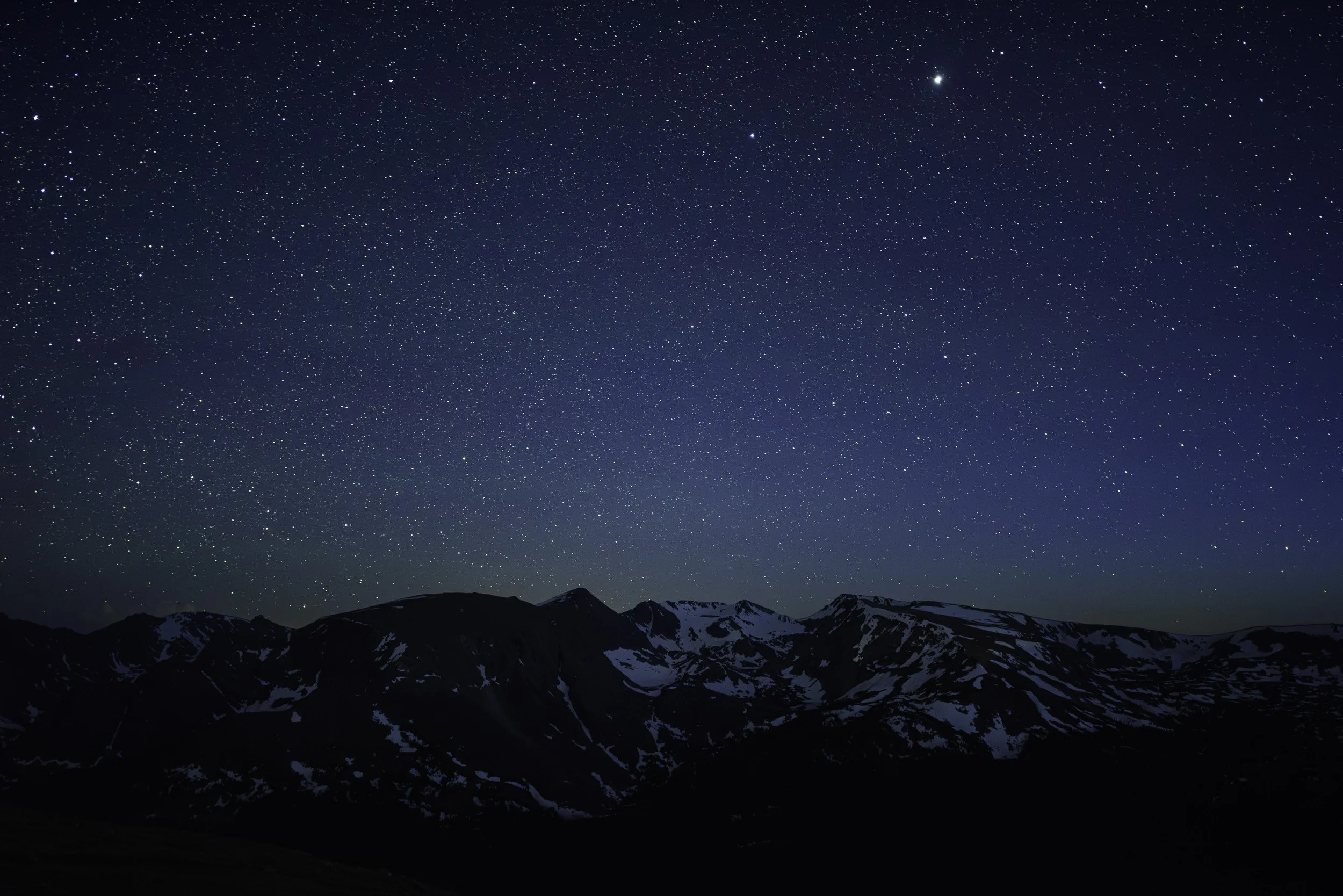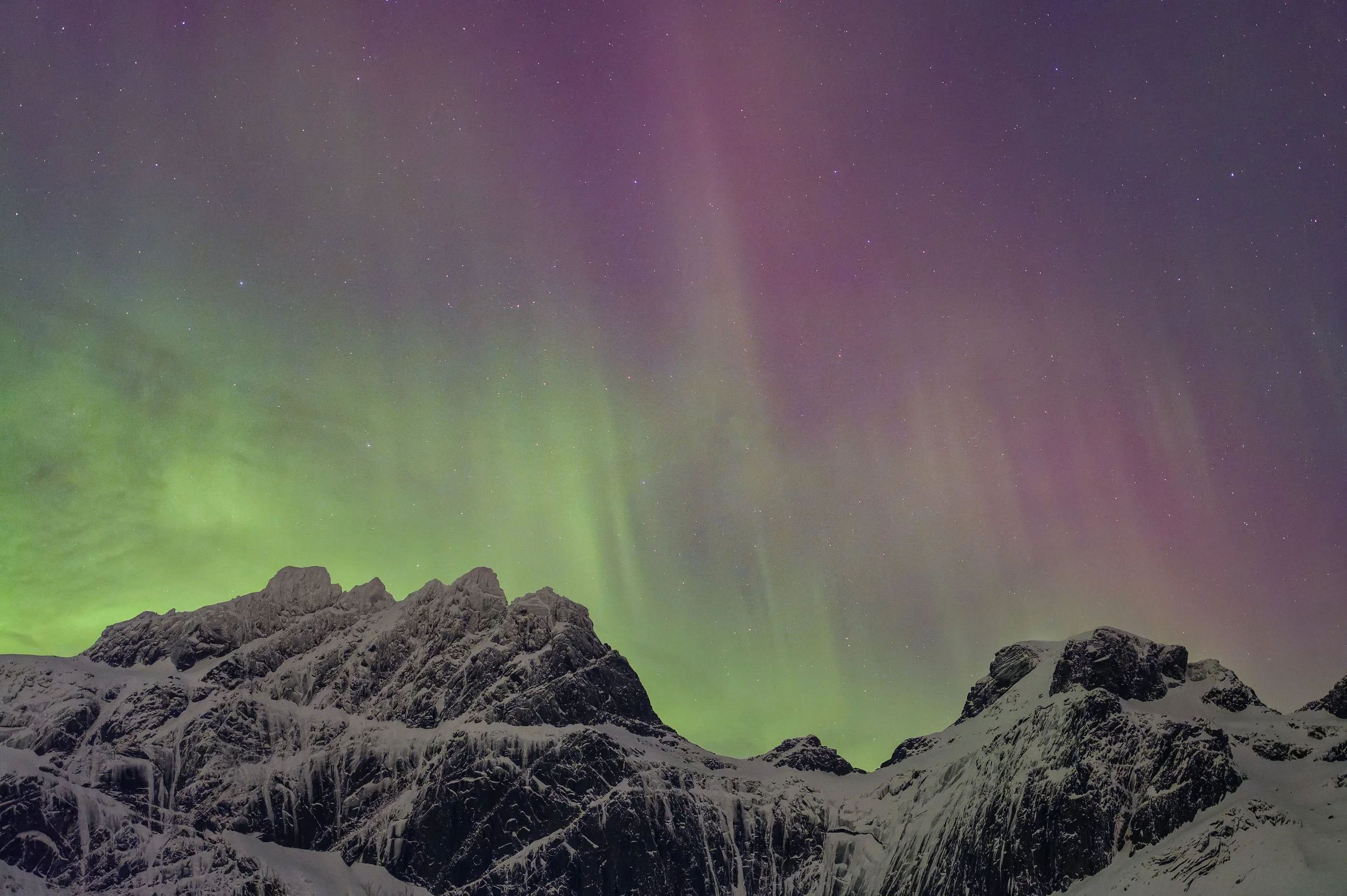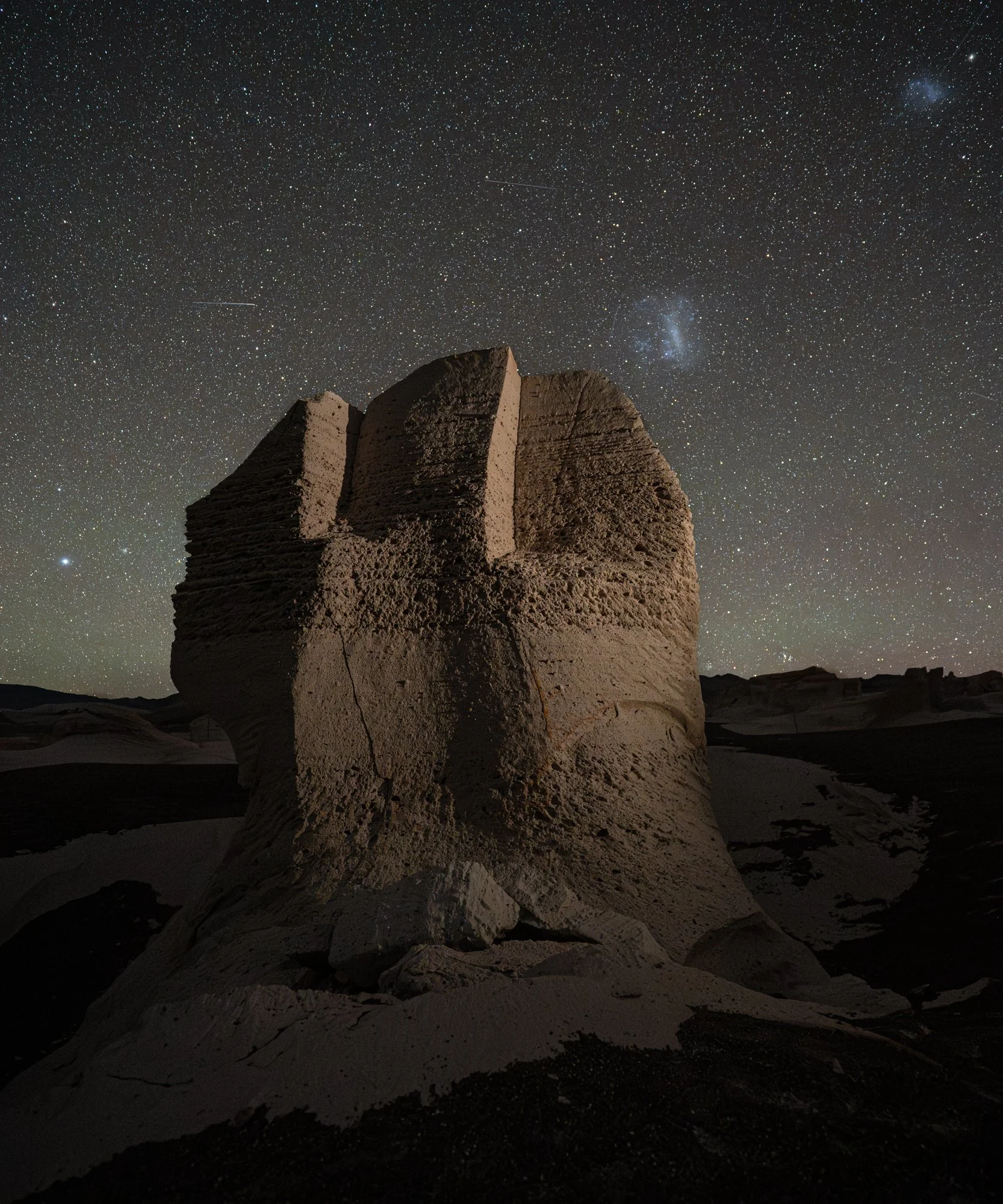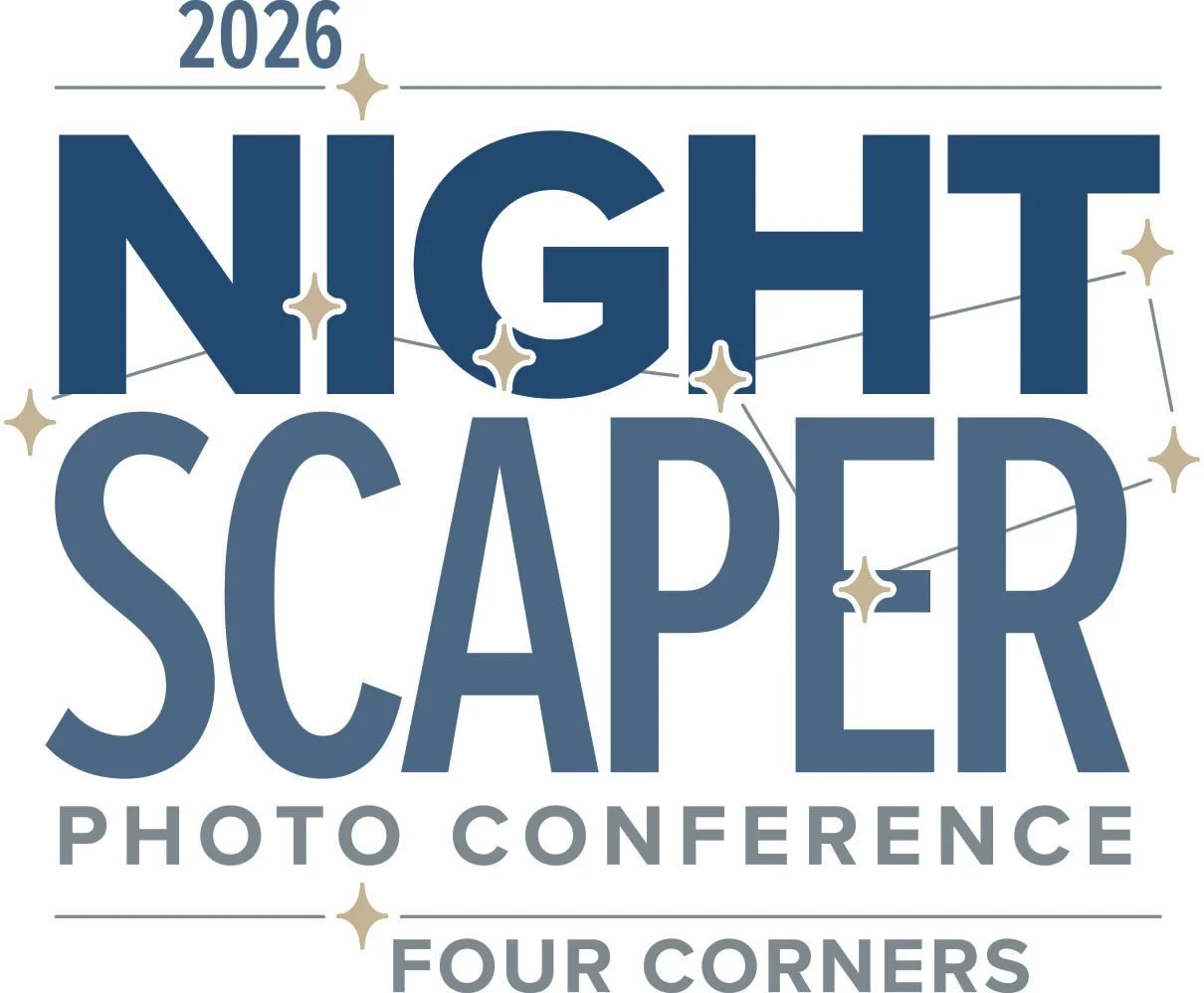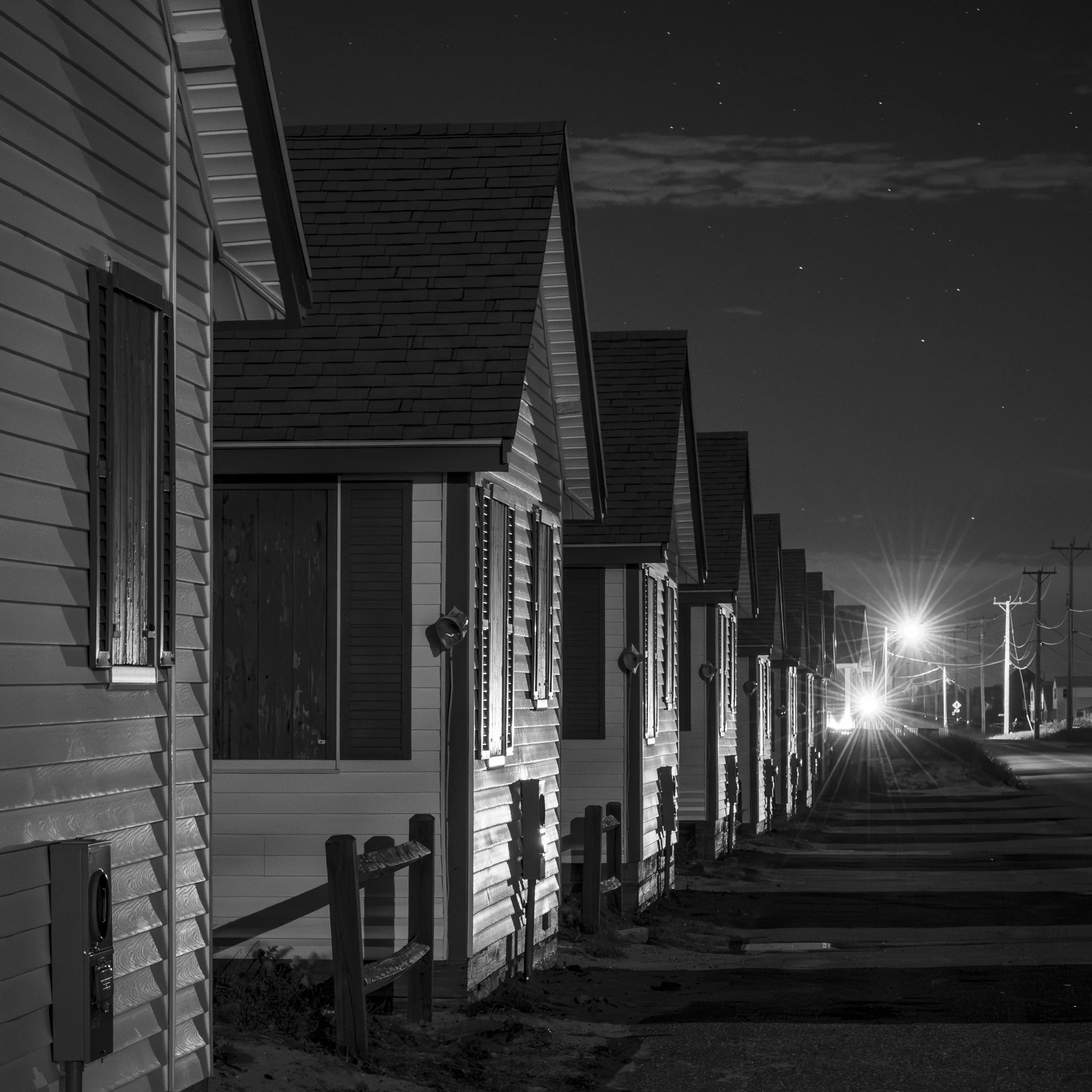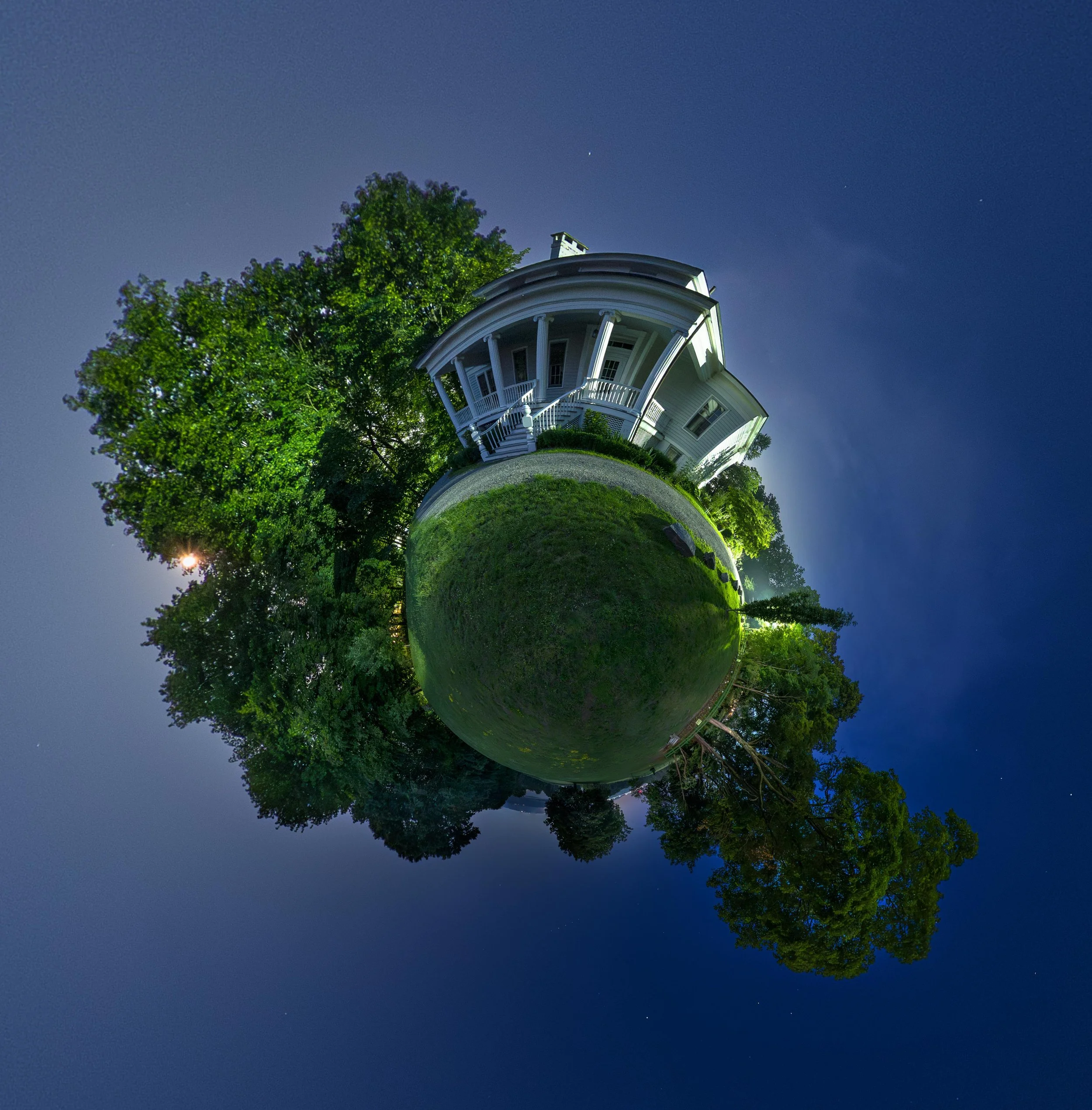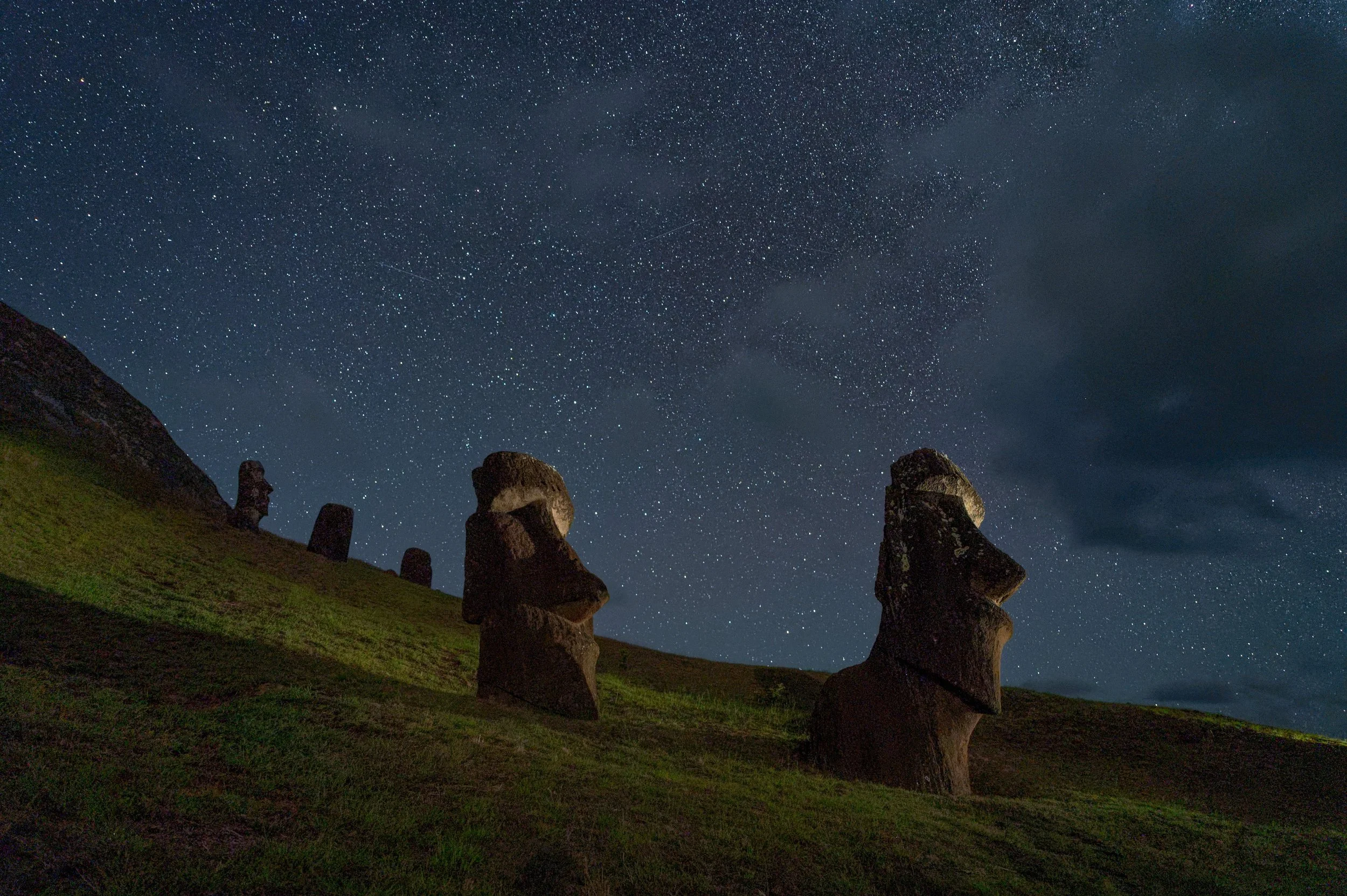Last year Gabriel Biderman wrote a post about making printing part of your photographic process. I loved it. Then this past week our partners at Bay Photo Lab hung out with us during our night photography workshop at Golden Gate National Recreation Area.
Both of these things brought my thoughts back to my earliest days of photography, and got me thinking about why we printed then and how the print compares to the modern digital equivalent. It also led me to thinking about how printing is more than just another way to show our images in yet another medium. Printing can actually make you a better photographer.
Patrick (above, at left) from Bay Photo visited our workshop in San Francisco last week, to help spread the word about how important printing can be to improving photography skills. Me (right), more than a few years ago, loading my 4x5 camera with film—in the days when a print was the only final format.
A World of Myriad Media
Printing was always a huge part of my creative process. An image wasn’t complete until I mounted and framed the finished print and shared it with others. So how does that differ from today?
Well, these days we share our work a bit differently. For many, the final destination may very well be Facebook, an iPhone or an Instagram account. The share is so much faster. Immediate. And share we do. Perhaps we even overshare.
This rarely happened before—because printing took so much longer (and was much more expensive and time-consuming), it was inevitable that we wouldn’t be able to show as much of our work. Only the best images made it out of the darkroom or returned from the lab. This made us much more selective about what we presented to the world.
Modern tech has now made it fairly easy for us to us get our images in front of others. This ease, in turn, has made it tempting to share a lot more images. In many ways, this is good. It gets us out shooting, which provides the practice we need to get better, hones our skills at seeing light, and helps us improve our composition skills.
The downside is feeling compelled to put out images even when we know they are not our best. Today’s climate certainly rewards those who share frequently. But we have to remember the old adage: You are only as good as the weakest photo in your portfolio.
The majority of anyone’s images are just that—kinda weak. No one makes awesome images every time they pick up their camera. Most of our work is simply the attempt at making stunning images, but the true masterpieces are far between and few.
That being said, photography is one of those art forms that has many uses. As such, many of us don’t strive for a masterpiece with every exposure. A selfie in front of the Lincoln Memorial means something completely different than the same shot without you in it. There are as many reasons to take photographs as there are to share them. We just need to consider which work we want to share, how we want to share it, with whom, and for what reason. Your family will be most forgiving of technical errors in an image showing your vacation in Europe, while the audience at the coffee house may be decidedly more critical, and the visitors at a gallery more critical still.
Chris Nicholson recently made a 40x60 Bay Photo Xposer print of one of his Big Bend National Park images—just to put in his living room.
So, Why are We Printing?
To my mind, there are three good reasons for making a print:
1. To celebrate your masterpieces.
They are not easily achieved. Be proud of the hard work you’ve invested to create them. There is no reason to make prints of every snap you’ve made. But it’s really nice to honor your best pieces by creating prints of them. Putting them in books or placing them up on your wall will ensure they live on.
2. To slow yourself down.
It will take extra time, knowledge and money to make prints, so you will want to be selective. You will want to be more deliberate during the culling process. Really get in and examine your images. For each photograph you’re considering committing to paper, ask yourself:
Is it sharp?
Is the light right for the scene?
How was your timing?
Could you make a better photo if you returned?
When you’re spending more time and money on printing your photos, you may find you become much pickier.
In 2010, Lance Keimig printed for a Simmer Dim exhibit at New England School of Photography, showcasing his work from Scotland.
3. To become a better photographer.
Yup, creating prints will make you better. How? Through attention to detail. A good-size print won’t hide the flaws in your photo. In fact, it may highlight them. It’s beyond frustrating to spend a lot of money to get a large print made only to find out that there’s a technical problem with the shot—that it’s out of focus, for example, or that you missed a bunch of dust spots in the sky.
On the bright side, this type of lesson really hits home. It teaches you to be more careful so that the same mistake will not happen again. (On the other hand, when simply replacing an online photo with a fixed version, the inconvenience barely registers. No pain, no gain.)
Printing as a Way to Improve
Another part of the problem of oversharing our less-than-stellar work arises from the way we view the images. The small screens of the phone and tablet—and the small sizes of the images shown on them—do a great job at hiding imperfections. They don’t hide poor composition or uninteresting imagery. This makes it difficult to ascertain the quality of craftsmanship. We can cheat, or we can post images that we wouldn’t otherwise show. As it turns out, it’s not hard to hide poor technique on an iPhone.
The print however, can shed an extra ray of light on laziness and negligence.
Attendees of our 2018 Sloss Furnaces workshop had their favorite images printed for an exhibit at the national historic landmark’s visitor center. Photo © Ron Clemmons.
Now, take that same less-than-stellar image and try to make a print.
Does it look the same?
Does it have the same impact?
Will it stand up to the continued scrutiny of being viewed every day?
Is it as good as you thought it was, now that you see it large?
Making prints will make you a better photographer. The person who spends time perfecting the craft and paying attention to detail will ultimately produce far better photography.
And I don’t mean just technically superior imagery. I also mean more meaningful photography. The whole process of slowing down and working in a more meticulous manner will not only benefit your technical chops, but it will also improve your composition and seeing skills. That, arguably, is even more important.
As Gabe says, “Seize the print!”


